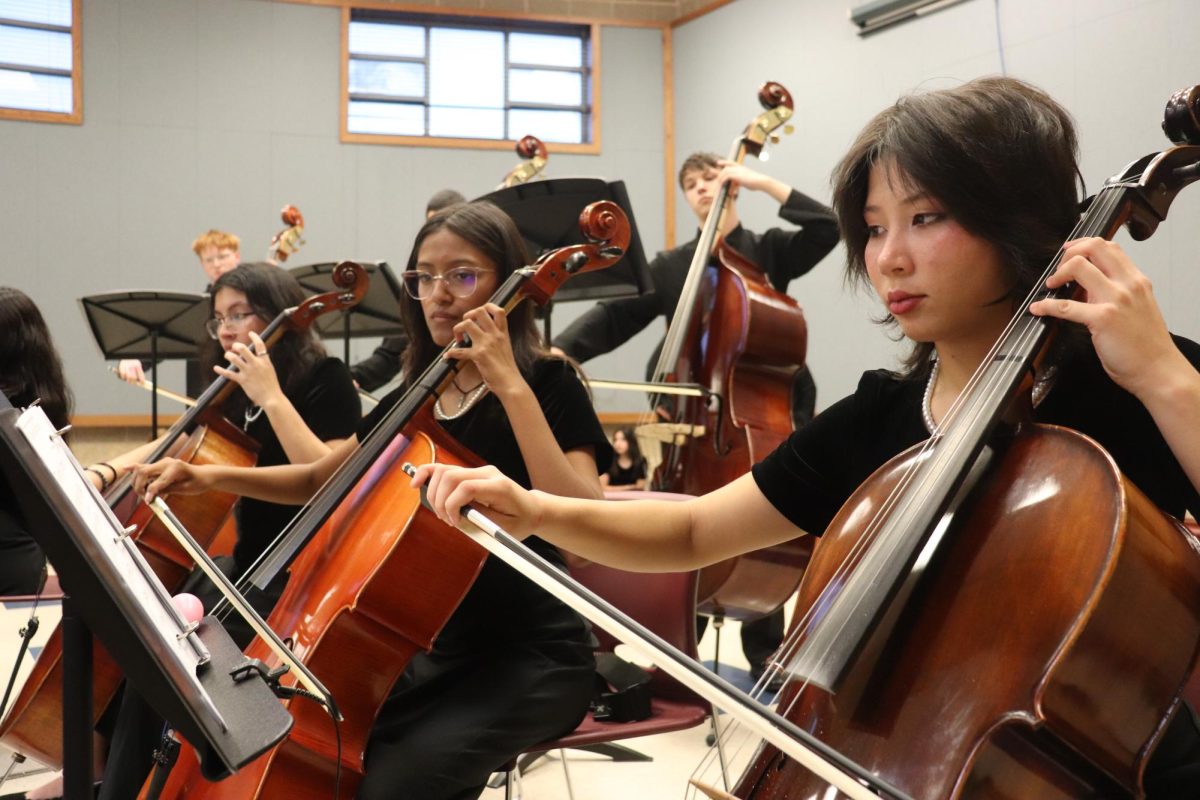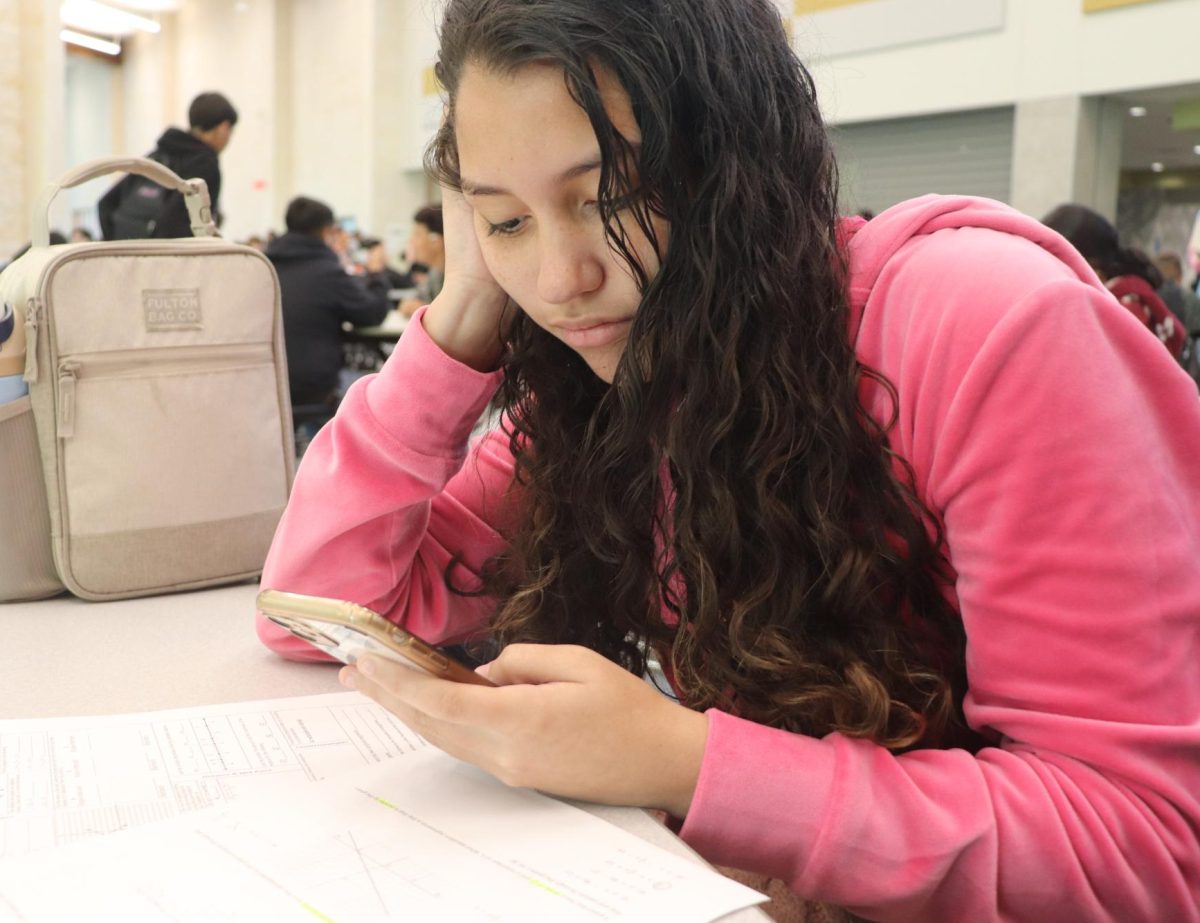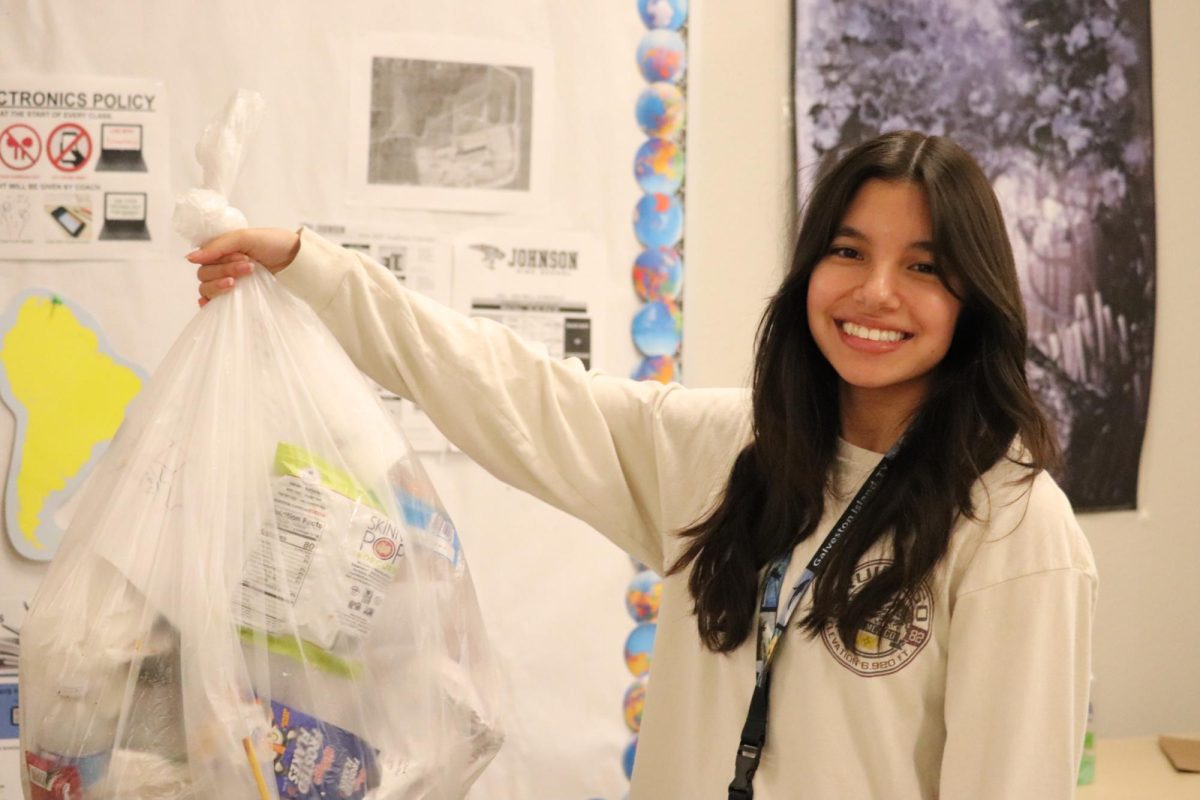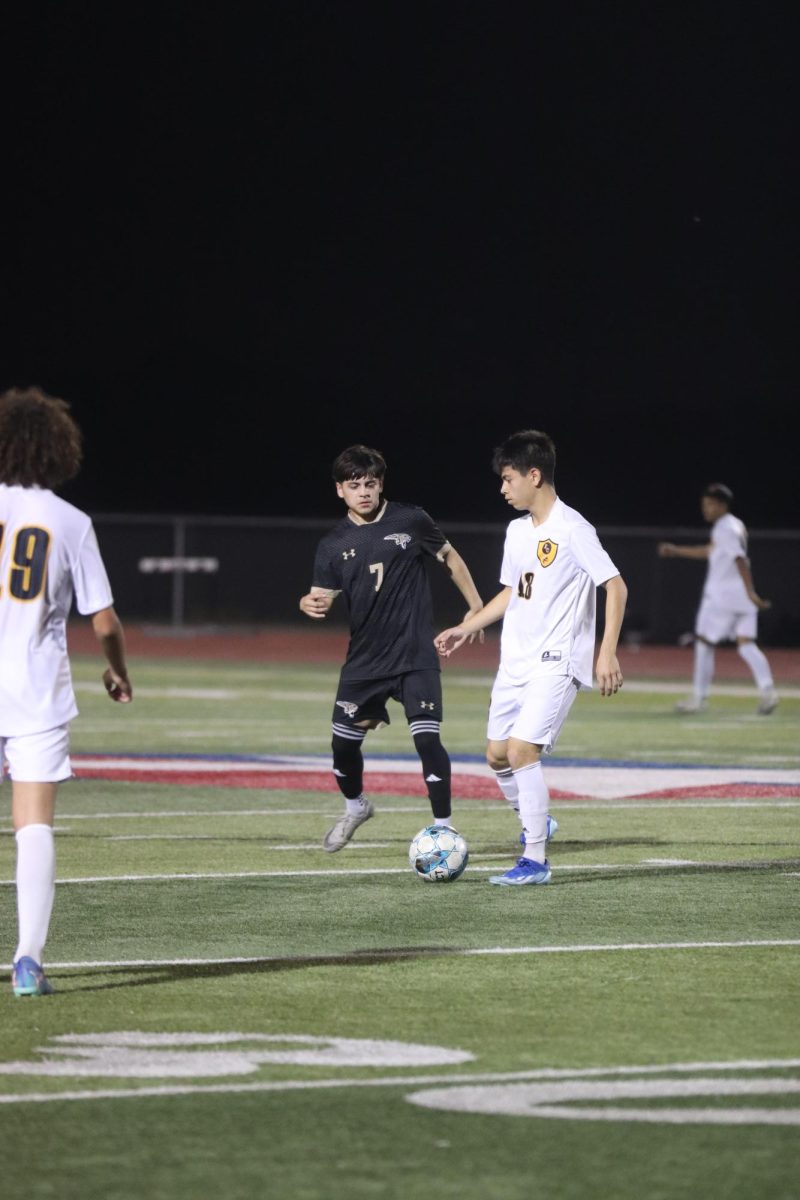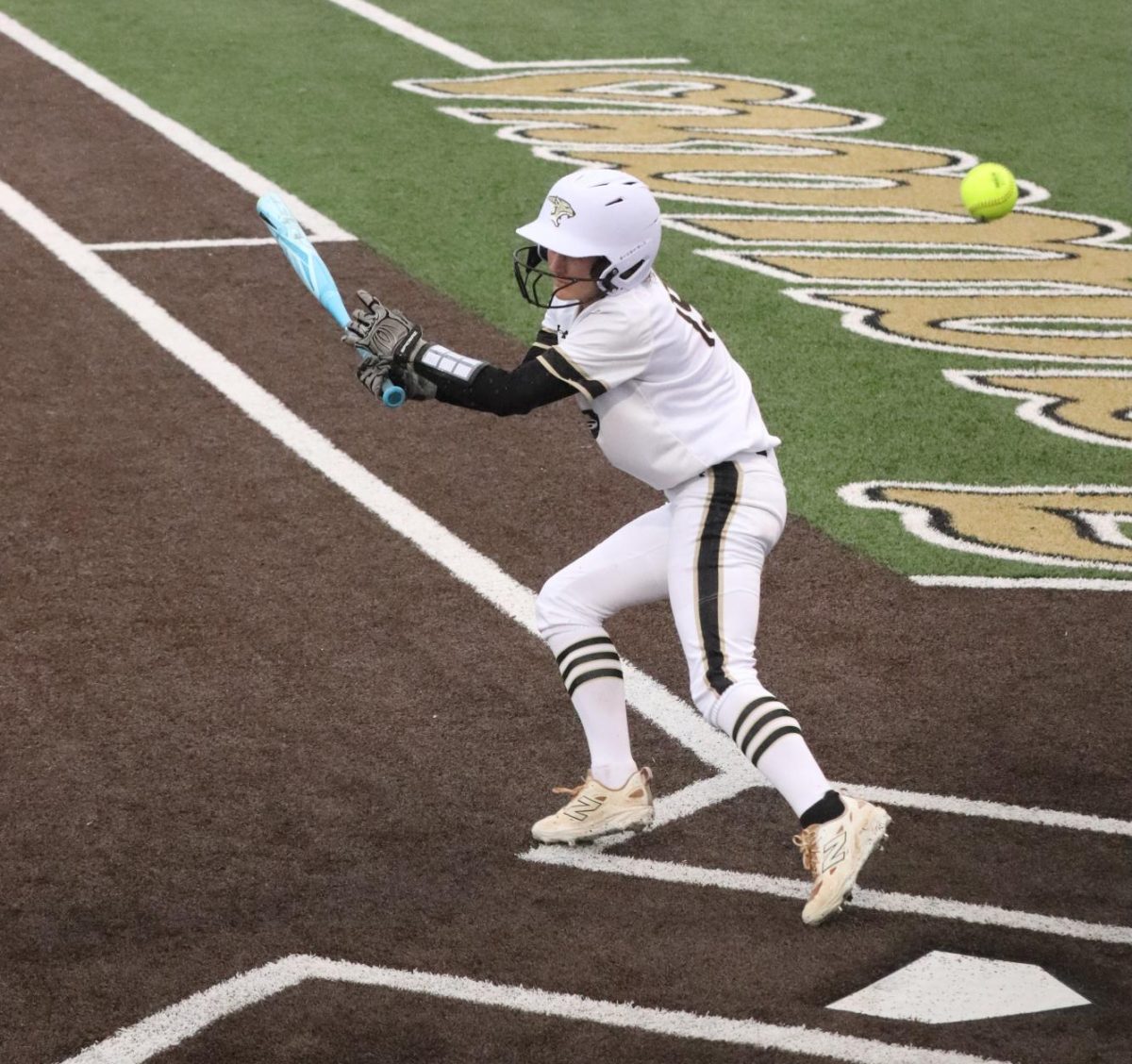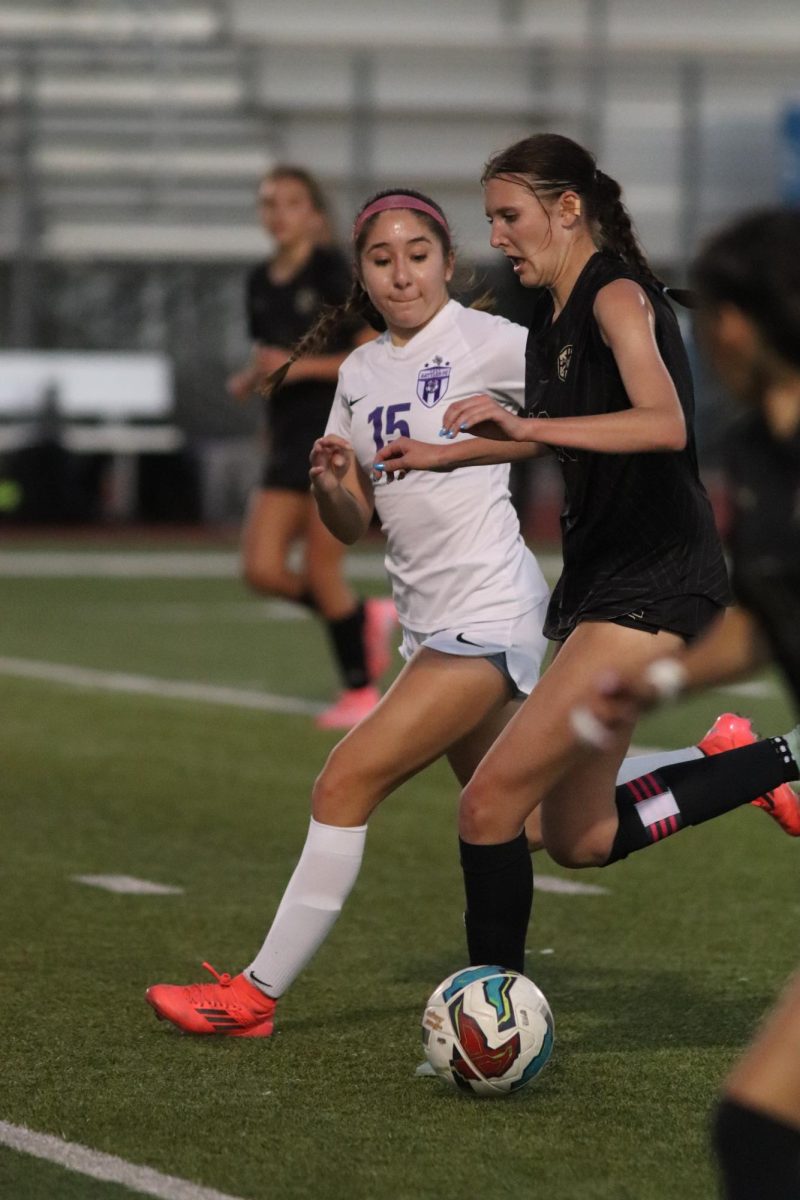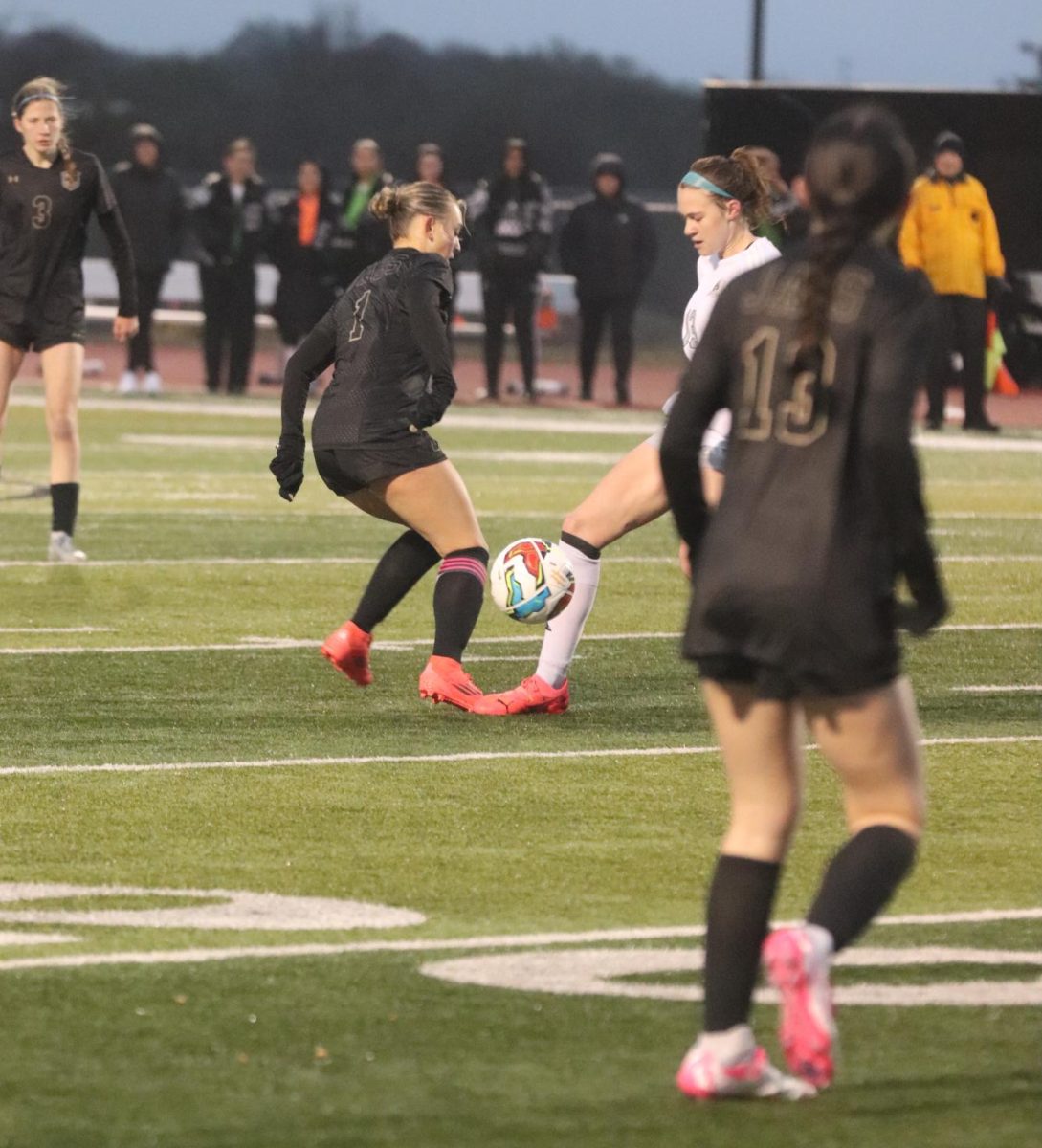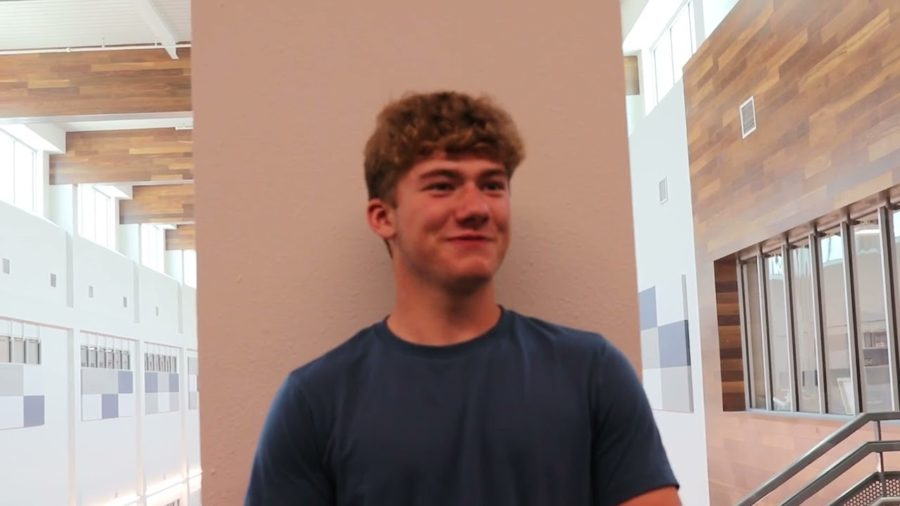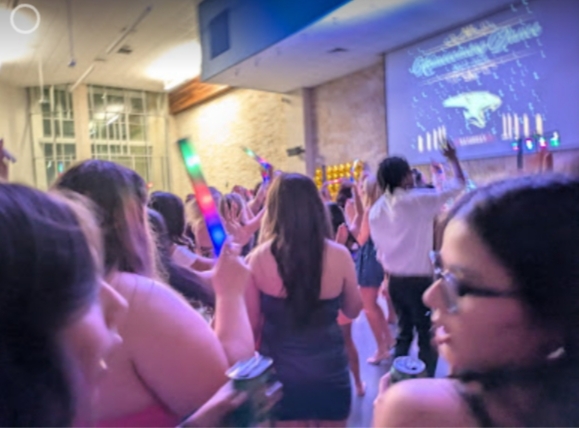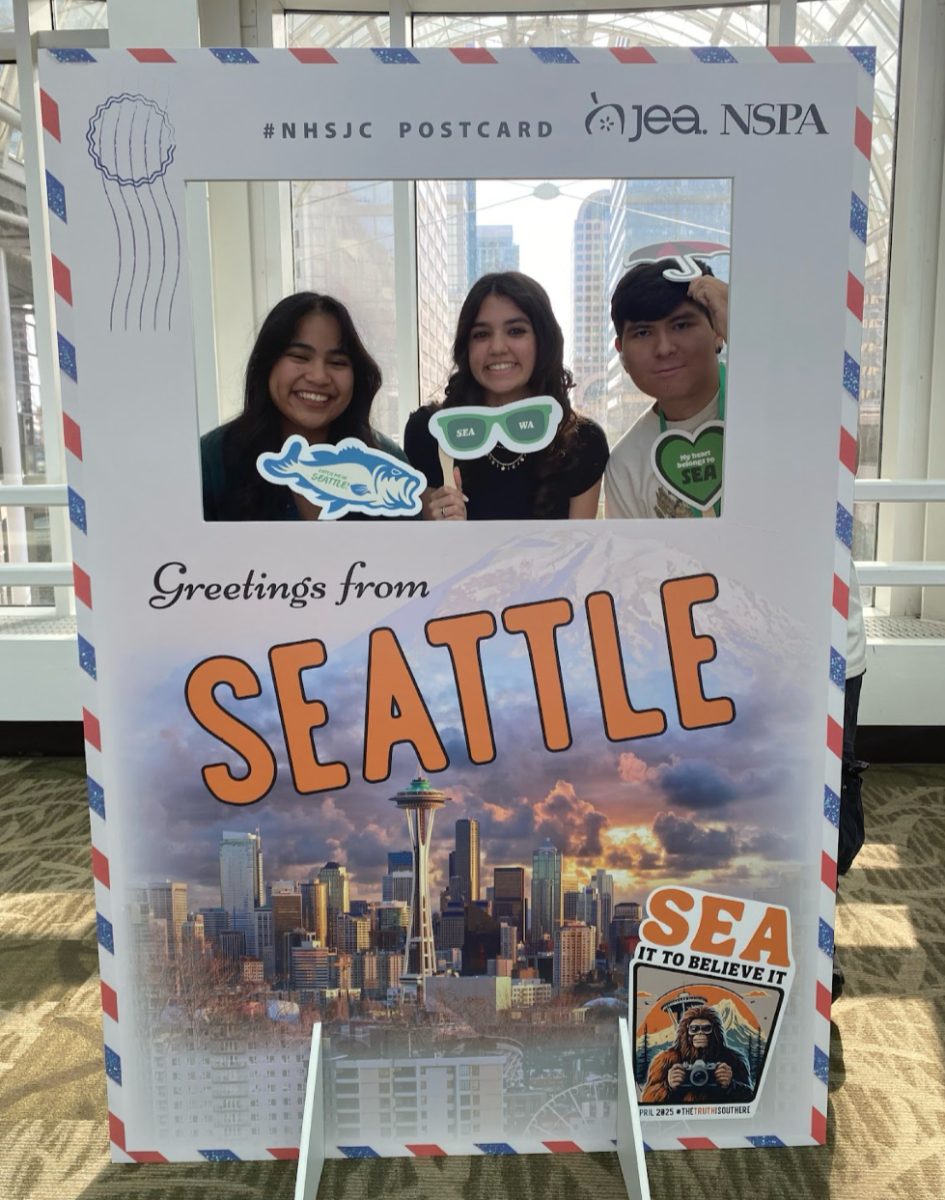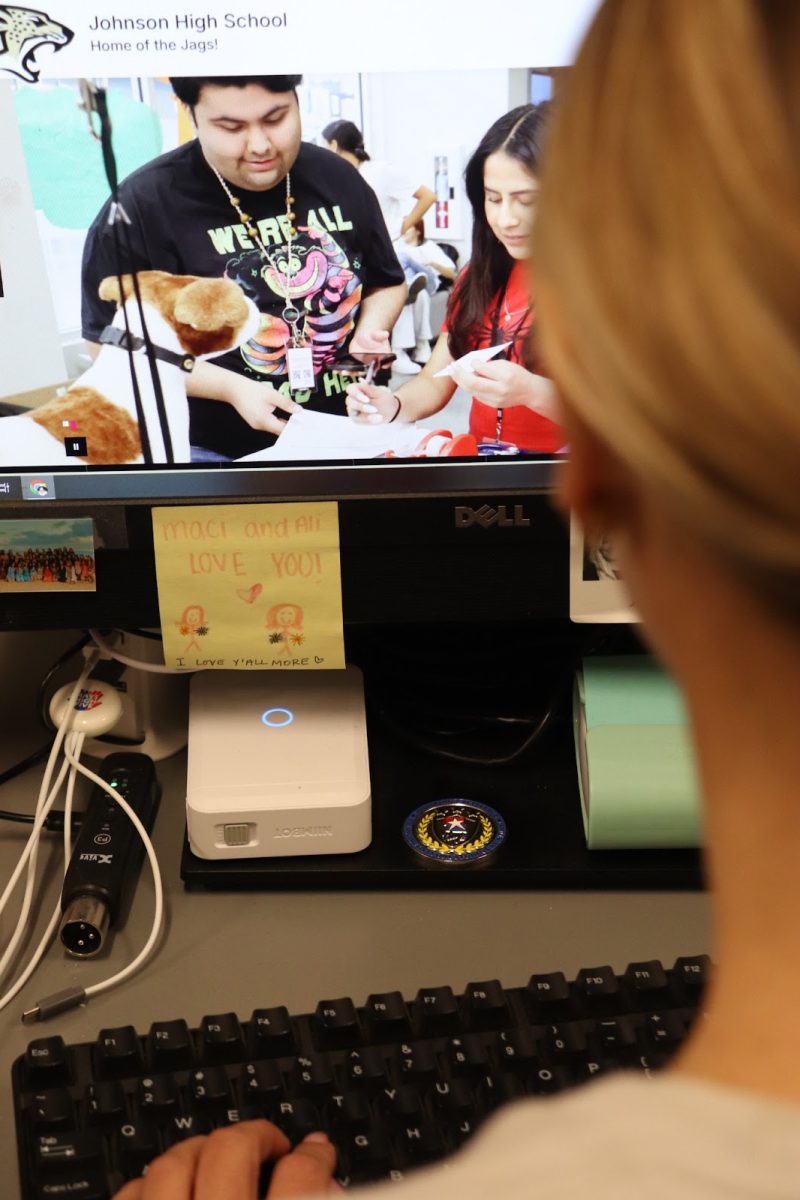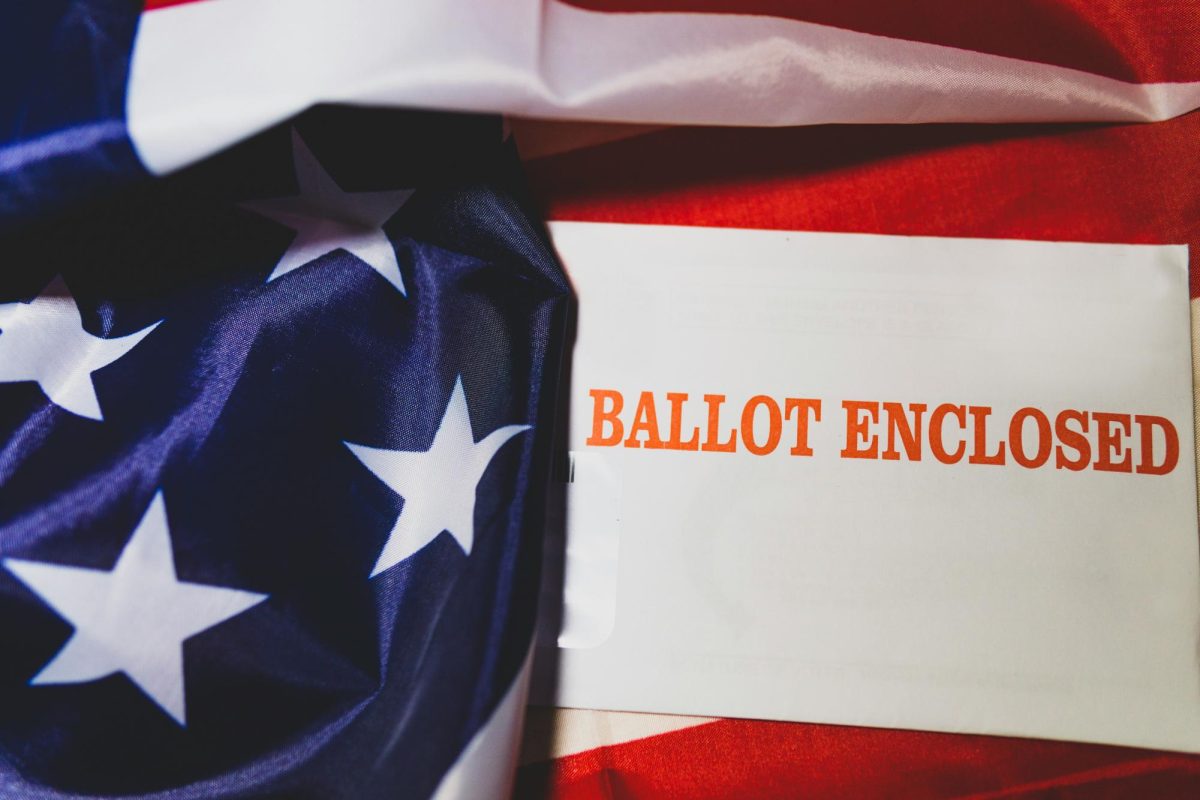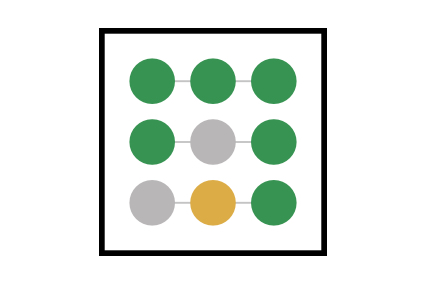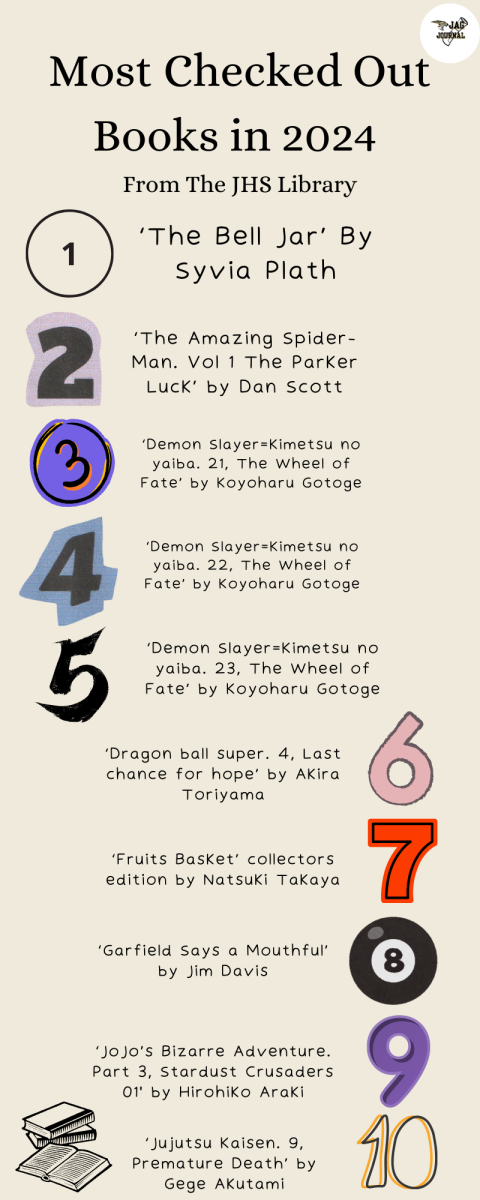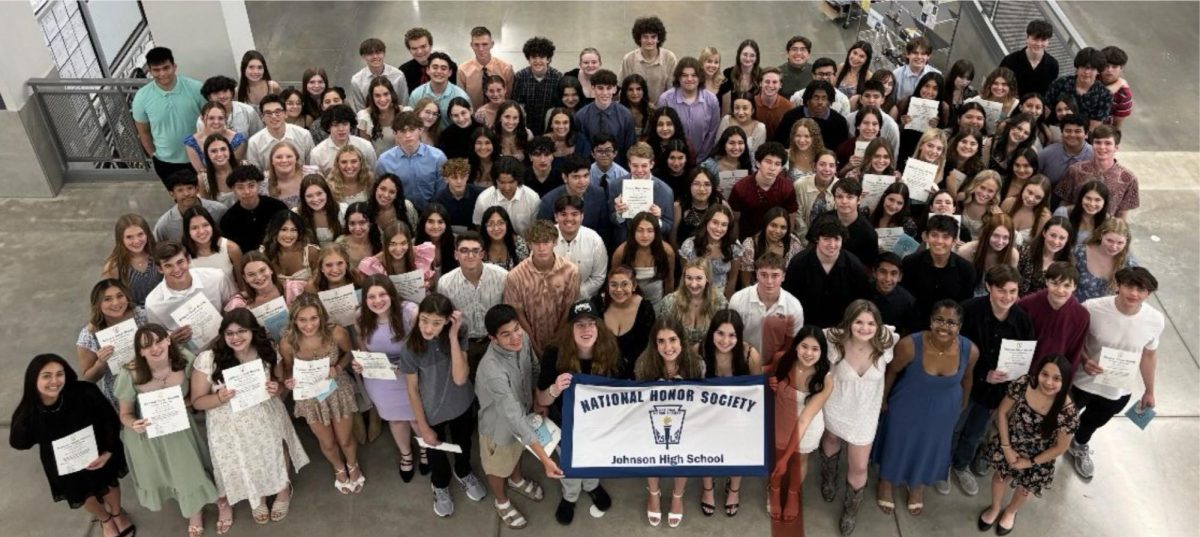As contemporary technology has risen influentially, visual media has increased in popularity over the past several decades, and consequently, graphic novels such as comics and Japanese manga cleared the school’s top ten checked-out books in 2024.
“For years the top books have been manga,” librarian Mary Williams said. “I think it’s right on trend that there are more visual types of readers nowadays instead of leaning toward traditional books.”
Based on the library’s top title statistics, most were labeled mangas alongside two comic strips. Ironically, The Bell Jar by Sylvia Plath obtained first spot, but the rest followed were: The Amazing Spider-Man Vol. one, The Parker Luck by Dan Scott; Demon Slayer 21, 22, and 23 by Koyoharu Gotoge; Dragon Ball Super four, Last Chance for Hope by Akira Toriyama; Fruits Basket collector’s edition one by Natsuki Takaya; Garfield Says a Mouthful by Jim Davis; Jojo’s Bizarre Adventure part three, Stardust Crusaders 01 by Hirohiko Araki and Jujutsu Kaisen nine, Premature Death by Gege Akutami.
“As we have moved more into digital technologies, people have become more visual,” Williams said. “And so they enjoy the combination of the pictures with fewer words so you can move through it a little more quickly. A lot of description is provided visually, rather than in print.”
Additionally, stemming from this phenomenon, and considering the drastic changes in aspects of pop culture, the average number of voluntary classic readers has declined. This is seen within the school, as the less checked-out books were classics like: All Quiet on the Western Front by Erich Maria Remarque; And to think that I saw it on Mulberry Street by Dr. Seuss; Animal Farm by George Orwell; Aquamarine by Alice Hoffman; The Austere Academy and The Carnivorous Carnival by Lemony Snicket; Children of Dune by Frank Herbert; A Coming Evil by Vivian Vande Velde and A Day No Pigs Would Die by Robert Newton Peck.
“I think the older the classics get, the less relatable they are,” Williams said. “The language is different, it’s a lot more formal, and there’s a lot of vocabulary that we don’t use daily anymore, so they are more difficult to read. They’re longer, usually with larger words. They’re very dense. They have words and information you have to process. It’s not a quick read and It’s not super easy.”
However, classics are not being excluded singularly for their earlier fashions, as there’s been a decrease in students who check out books at all. While this doesn’t automatically mean all students don’t read, it does imply a shift in the literacy interests of most, some possessing none. There are 26,059 printed books shelved in the library, and only 284 were checked out in 2024. This is another result of advanced cyber technology, specifically with the growth of film and video where pacing is considerably quicker and information is laid out in the open air.
“I prefer chapter books,” sophomore Irma Pena said. “I like pictures and I like looking at them, but I feel like it’s too easy and chapter books can include more detail especially when it comes to describing the setting or a character specifically. When you look at graphic novels it’s more like everything is handed to you without you having to try.”
The school’s library has an estimated range of 20 kids who walk in to check out books a week. Even then, numbers fluctuate. At the same time, digital resources are provided e.g. audiobooks for students who prefer electronic variations, and just by scanning Classlink, ComicsPLUS presents many options for visually-inclined readers.
“I don’t check out books from the library mostly because the subjects I like reading about are usually not school-approved,” Pena said. “At a bookstore, there is a bigger variety and I find more sentimental books rather than the ones in the school.”
Although statistics may point to students favoring visual text more than the classic book, it can’t be applied to everyone when each student has their own reason for what they read or don’t read. Whether it’s the all-consuming digital age everyone lives in now, impacting comprehension rates and communication competence, or merely personal preference, graphic novels have dominated the school’s students.
“For me, comic books grab my attention with the pictures and give me something to imagine when I’m reading,” sophomore Gianna Quintanilla said. “I think teenagers tend to read more graphic novels because chapter books have grown dull and not as enjoyable. It’s a mind-hurting thing.”

